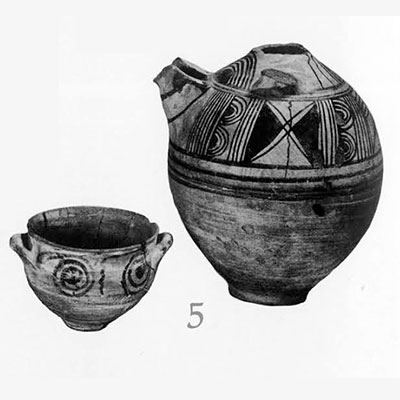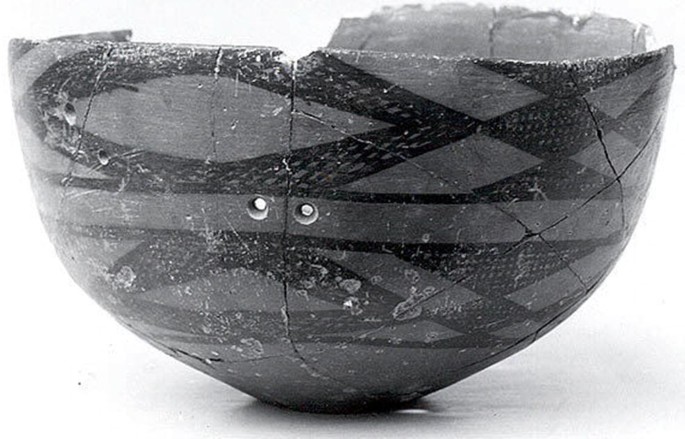Some elements such as carbon or silicon may be considered ceramics ceramic materials are brittle hard strong in compression and weak in shearing and tension.
Is ceramic held together strongly.
Electronic structure and atomic bonding determine microstructure and properties of ceramic and glass materials.
Additionally carbon based materials such as carbon fiber carbon nanotubes and graphene can be considered ceramics.
A ceramic is an inorganic nonmetallic solid generally based on an oxide nitride boride or carbide that is fired at a high temperature.
In addition just as on the basis of the example described in fig.
For metals the chemical bond is called the metallic bond.
In the cross section the material s structure therefore resembles a brick wall in which the ceramic slabs are held together by the water.
A common definition of a ceramic is a hard material that is held together with ionic and covalent bonds.
The detonation gun process is most effective for particular ceramic materials such a tungsten carbide that are required for producing highly dense coatings on a metal surface.
The result is a strongly adhering and high density coating but the process can be very expensive.
But ceramics also break easily and the maximum stress they can withstand varies unpredictably from component to component.
The two most common chemical bonds for ceramic materials are covalent and ionic.
1 the release of splinters of the bombarded glass ceramic material is prevented and the glass ceramic material is held together even after a bombardment by the composite partner.
A ceramic material is an inorganic non metallic often crystalline oxide nitride or carbide material.
The word ceramic comes from the greek word keramikos which means of pottery.
The bonding of atoms together is much stronger in covalent and ionic bonding than in metallic.
Ceramic is the name for some materials that are formed by the use of heat the word ceramic comes from the greek word κεραμικός keramikos chemically it is an inorganic compound of metal non metal or metalloid atoms held together by chemical bonds.
While the earliest ceramics were pottery the term encompasses a large group of materials including some pure elements.
Efforts to control their brittleness hn2 2 and reduce the variability in their strength are now paying off.
Graphene is currently considered the strongest known material.
Just like in every material the properties of ceramics are determined by the types of atoms present the types of bonding between the atoms and the way the atoms are packed together.
According to this definition elemental carbon is a ceramic.
F rom bricks to dental implants to protective tiles on the space shuttle ceramics are prized for their resistance to heat corrosion and wear hn1 1.
3 is an example of an armor 1 in the form of a bulletproof vest 15.
Up to the 1950s or so the most important were the traditional clays made into pottery bricks tiles and the like also cements and.



















